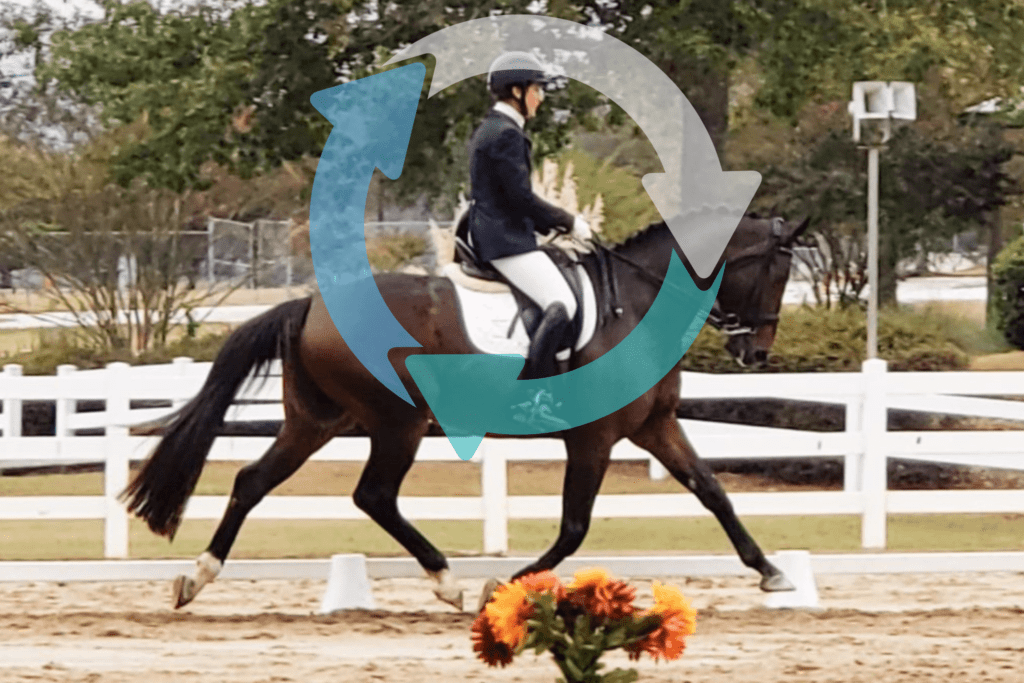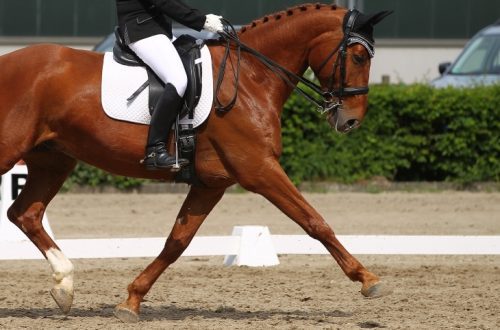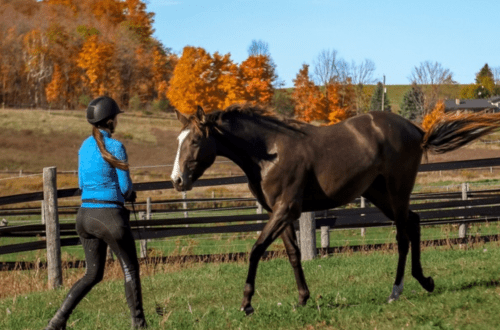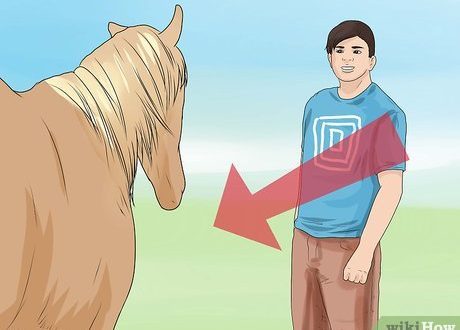
Dressage: the logic of the circle
Dressage: the logic of the circle
Anyone who has been riding for any amount of time will recognize the value of lap work. This simple tool is symmetrical develops the muscles in the horse responsible for stabilizing his back makes the horse more flexible and helps him become more balanced. And that’s not to mention that circle work helps calm the horse down when needed. However, all these pluses can only be obtained from the correct (!) Work. And every rider will agree that circling with rhythm is actually a lot harder than it sounds.
How to make a circle round
Unfortunately, many riders wind circle after circle, or rather, egg-shaped figures one after another, but they cannot achieve the correct trajectory. A few exercises will help you make the circle round.
Geometry is important here because it ensures that the horse consistently uses the target muscle groups throughout the entire circuit. If your body becomes unstable or disorganized, the horse will begin to use different muscles and in different sequences. For her muscles, such work does not bear any benefit. A proper “round” circle, in turn, forces the horse to engage the postural muscles that stabilize his spine as he moves.
The circle seems so simple, but its gymnastic significance for the horse makes it quite difficult. Without symmetrically developed musculature, many horses cannot move in circles. In fact, many of them even become anxious or tense, feeling that the rider is just entering the circle. And, unfortunately, many of us ride the lap in a very poor quality due to inconsistent controls or the timing of their use.
“Bodybuilding” when working on a circle
The back muscles on the inside should contract, and on the outside they should lengthen. At the same time, the oblique muscles on the sides of the chest of the horse are involved in the work to stabilize the body. These muscles help the horse raise his back and work freely with his hind legs. In addition, the inner thigh drops and moves forward, which increases the load on the corresponding leg, creating strength and power.
Use the following exercises to achieve your ideal circle to improve your horse’s fitness.
Exercise number 1. Circle-square
This exercise helps to keep the horse between the leading legs of the rider (especially the outer leg, showing him the border of the circle).
It is difficult for riders to complete the correct circle, because the horse tends to go out and increase one side of the figure. The following exercise prevents this problem from occurring.
1. We start with a trot or trot. We go one 20-meter circle.
2. Then we immediately move along a square with a side of 20 meters.
3. Try to pass the sides of the square in a straight line and make almost 90-degree turns at the corners.
4. Then return to your 20-meter circle after completing it once.
5. Repeat square.
6. Work on this sequence until both figures are improved.
Exercise number 2. Divided semicircles
This exercise improves quality and accuracy by repeating the “best” (easiest) part of the circle, the first half. The rider must ride a perfect half circle and then move forward in the arena and make another perfect half circle on the other side of it, thus maintaining forward energy and straightness.
The rider and horse can maintain balance and proper flexion as they don’t have to stay on the circle “too long”. This simple routine can help the horse learn to organize itself well, especially at the canter.
1. Start in working trot or canter at A, riding to the right.
2. Move to the letter E and leave for a 20-meter semicircle to B.
3. At B, go straight again.
4. On A go to a 20-meter semicircle.
5. Move to B and again leave for a 20-meter semicircle.
Between each semi-circle, ask yourself: what’s wrong with the horse’s rhythm? Are you looking ahead? Is the contact equal on both reins? Is the horse’s gait stable from a semicircle to a straight line and then back to a semicircle?
Exercise No. 3. Rhombus
By moving in small straight sections along the curve of the circle, the rider can learn to better coordinate the interaction of internal and external controls. This exercise will improve your accuracy in circling, especially through the use of cones or markers.
This exercise will be useful for horses that are tighter on one side or more crooked on one side. With it, they will benefit from driving in circles without having time to gain a foothold, as if they were long in a curved line.
1. Place the cones as shown in the diagram.
2. At the working trot or canter, move in a “circle”.
3. Move straight from each cone to the next, not allowing the path to curve outward.
4. Keep going from cone to cone, reach them as the goal.
5. After working on the cones three or four times, drive in a circle. After a rhombus, you can easily handle it.
Zhek A. Ballu (source);translation Valeria Smirnova.





